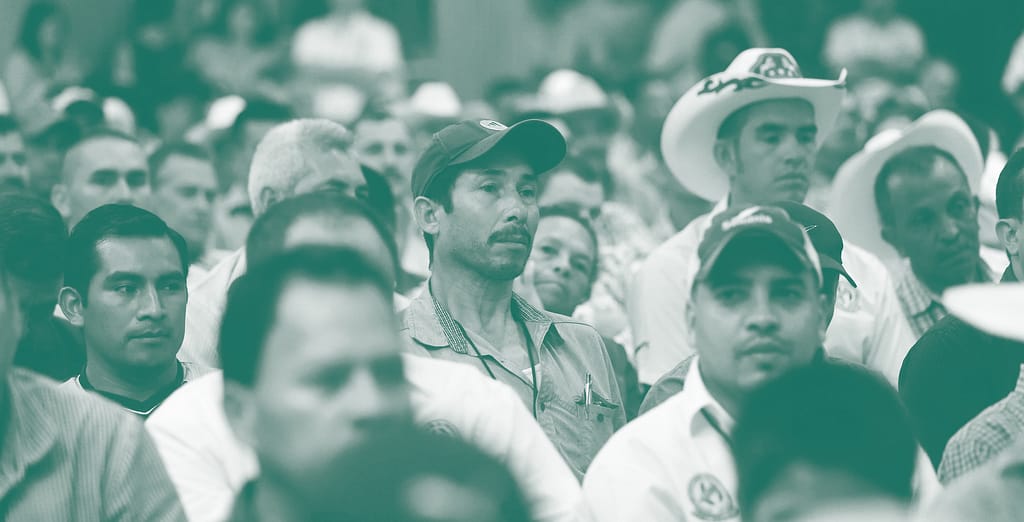In the last year, the climate crisis seems to have finally gotten its due in mainstream culture. The deniers are still dishing distractions, but the voices for change are now front and center. Perhaps Greta Thunberg’s sailboat journey to the United Nations was the turning point? Was it the asset manager BlackRock finally making a public declaration on the urgency of sustainability? Or maybe Amazon’s Climate Pledge to achieve “net-zero” carbon emissions by 2040? Certainly, the wildfires, floods, and sixty-degree weather in Antarctica make it harder to pretend the climate crisis hasn’t begun. Whatever future historians peg as the tipping point, it’s clear that we must mobilize a massive change in our entire global economy.
Natural Investments continues to purchase offsets for the carbon impact of our business activities. Our primary carbon impact comes from air travel for conferences and meetings. Our offices, website servers, and general business activities actually use such small amounts of energy, and the cost to offset is so reasonable, that each year I add in a few extra tons just to make sure we’re really covering our expenditures. We are proud to continue funding the Honduras Coffee Growers Clean Water Project through Native Energy. Our funding contributes to the installation of efficient water filters and promotes the sustainable development of coffee-producing communities within Honduras, including improved livelihoods and community well-being.
According to Native Energy, “As a matter of principle, all carbon credits must be real, permanent, measurable, unique, verifiable, and additional.” In last year’s Impact Report I discussed the crucial idea of additionality. This year let’s focus on what “permanent” means in this context. One simple and hopefully helpful way to think about permanence in carbon offset projects is from the perspective of option availability in time. For example, consider the decision to purchase a car. When you’re buying a car you evaluate several options, settle on one, and buy it. Once you’ve bought the car you’ve eliminated the other options. (Of course you could change your mind and buy a different car.) This is the sense in which a carbon offset is permanent. With my example, choosing an electric vehicle could be a dramatic carbon reduction strategy, depending on the fuel source mix at your electric utility. Here in Sonoma County, an electric vehicle that charges using our local renewable energy option is only responsible for 200 pounds of CO2 a year, compared to 11,200 pounds for the average fossil-fuel guzzler. That’s a huge reduction!
Natural Investments is also considering how we might take a more direct and active role in mitigating carbon emissions. Is there a way we could plant trees and sequester carbon for the long term? Install more solar panels? Fund a biochar kiln? We’re open to ideas, so contact your advisor to explore the possibilities!
Photo: Members of the Honduran Association of Coffee Producers, whose clean water project is supported by our purchase of carbon offsets through Native Energy. Photo by APHROCAFE.

